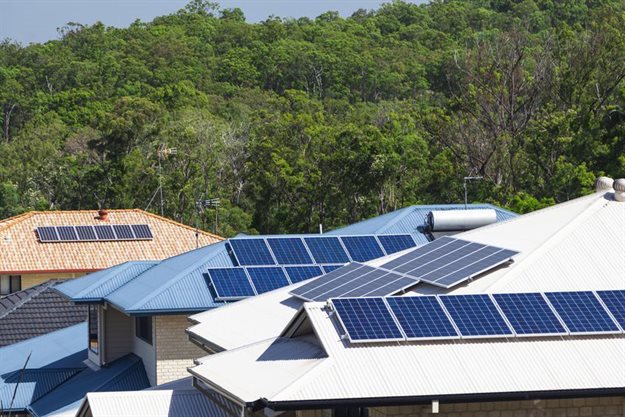
Top stories


Marketing & MediaCammy Msimango on finding her footing in South Africa’s fast-moving digital newsroom
Esther Tomorrow, MDNTV 23 hours




More news



{

When it comes to building an energy efficient house, the first consideration is the best way to achieve cooling and heating, without ‘money’ evaporating into the air. Cools Surfaces roof coatings, formulated for South African conditions, can reduce internal temperatures by as much as 2-4 degrees Celcius, as SANEDI has proven in large-scale informal housing settlements.
The second is heating water, which typically can use 30-40% of the electricity bill. The time to do these interventions is at the beginning of the design work, so that the best use of energy-saving technology is built into the cost of the house.
The solar thermal (ST) systems provide hot water and the solar photovoltaic (PV) systems generate electricity for the household. Both systems are coming down in costs and payback period (on average 5-7 years), so homeowners should include these systems into the financing at construction stage, rather than as an add-on.
Cool Surfaces refers to all materials and technologies, such as white roofs, light-coloured pavements and specialised cool coatings used in the construction of the building envelope to improve thermal comfort through surfaces that reflect much of the solar energy and release much of the stored heat energy.
In comparison to other regions of the world, the use of solar thermal energy is still very low in South Africa, even though solar radiation is one of the highest worldwide.
ST systems are well known in the South African low-cost housing market. The majority of the installed systems are thermosyphon systems, relatively small in scale and not needing electricity for a pump or an electronic control, so they can be used without access to the electricity grid.
PV solar panels absorb and convert sunlight into electricity, a solar inverter changes the electric current from DC to AC, connecting to the house’s wiring. A battery storage system allows for days without sunshine, though this is an expensive option that should be included in the original finance deal. As South Africa does not allow homeowners to sell back into the grid and disconnecting from the grid would not remove the monthly charges to the homeowner by the local utility, a complete off-grid option is not practical at this stage.
Reflective roof surfaces not only have an impact on individual buildings, but deploying them across a whole community can have a net effect on reducing overall local ambient temperatures in a localised area. Furthermore, the deployment of reflective materials creates sustainable job and skills opportunities for low skilled workers in both rural and urban contexts.
The installation of solar systems in the construction of housing developments is certainly a step in the right direction in the fight to conserve natural resources, save money on utilities and combat the negative effects of climate change. The prices of these technologies have reduced significantly over the past three to five years and the technology has come a long way in terms of quality and are designed to last anything from 10 to 20 years.